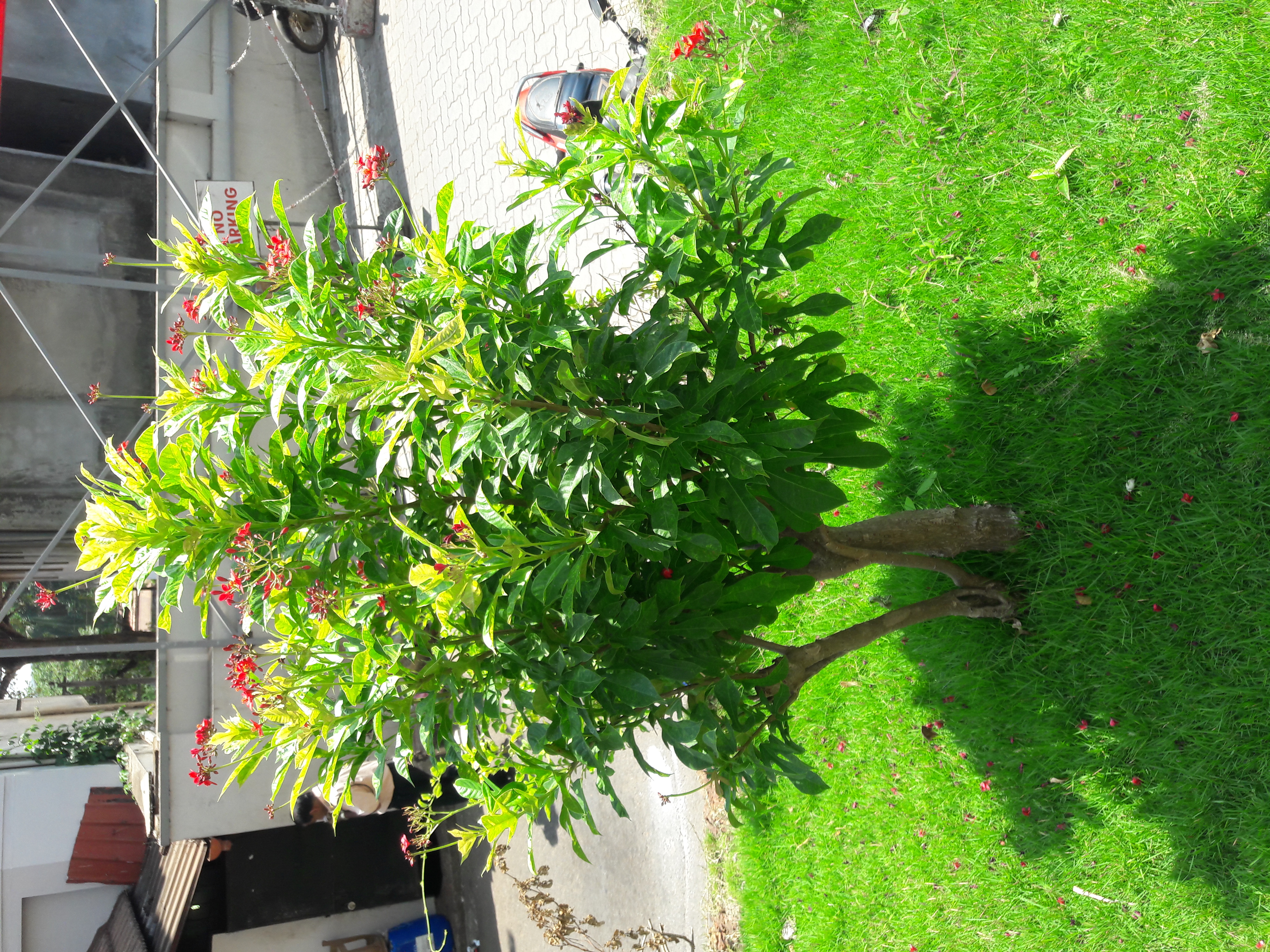|
Jatropha
''Jatropha'' is a genus of flowering plants in the spurge family, Euphorbiaceae. The name is derived from the Greek words ἰατρός (''iatros''), meaning "physician", and τροφή (''trophe''), meaning "nutrition", hence the common name physic nut. Another common name is nettlespurge. It contains approximately 170 species of succulent plants, shrubs and trees (some are deciduous, like ''Jatropha curcas''). Most of these are native to the Americas, with 66 species found in the Old World. Plants produce separate male and female flowers. As with many members of the family Euphorbiaceae, ''Jatropha'' contains compounds that are highly toxic. ''Jatropha'' species have traditionally been used in basketmaking, tanning and dye production. In the 2000s, one species, ''Jatropha curcas'', generated interest as an oil crop for biodiesel production and also medicinal importance when used as lamp oil; native Mexicans in the Veracruz area developed by selective breeding a ''Jatropha ... [...More Info...] [...Related Items...] OR: [Wikipedia] [Google] [Baidu] |
Jatropha Curcas
''Jatropha curcas'' is a species of flowering plant in the spurge family, Euphorbiaceae, that is native to the American tropics, most likely Mexico and Central America. It is originally native to the tropical areas of the Americas from Mexico to Argentina, and has been spread throughout the world in tropical and subtropical regions around the world, becoming naturalized or invasive in many areas. The specific epithet, ''"curcas"'', was first used by Portuguese doc Garcia de Orta more than 400 years ago. Common names in English include physic nut, Barbados nut, poison nut, bubble bush or purging nut. In parts of Africa and areas in Asia such as India it is often known as "castor oil plant" or "hedge castor oil plant", but it is not the same as the usual castor oil plant, ''Ricinus communis'' (they are in the same family but different subfamilies). ''J. curcas'' is a semi-evergreen shrub or small tree, reaching a height of or more. It is resistant to a high degree of aridi ... [...More Info...] [...Related Items...] OR: [Wikipedia] [Google] [Baidu] |

